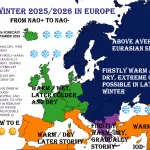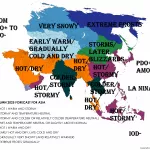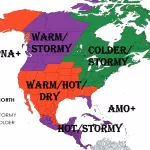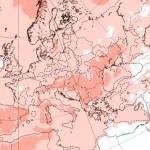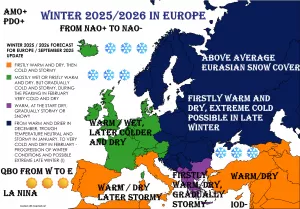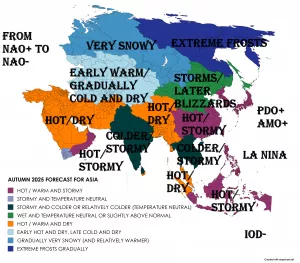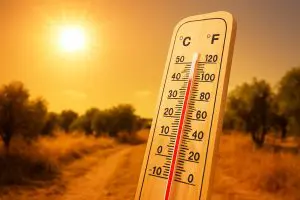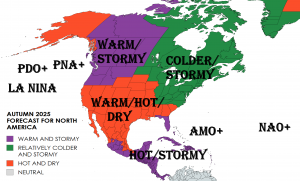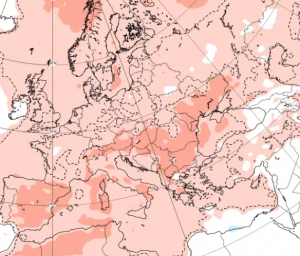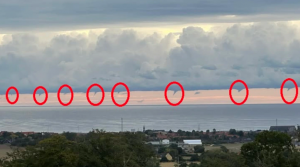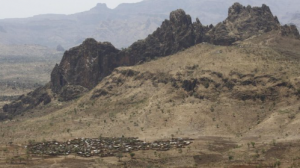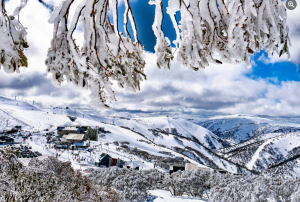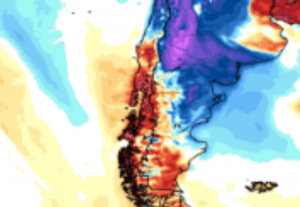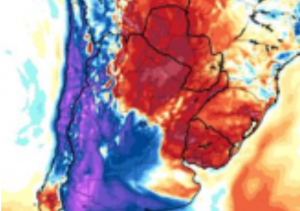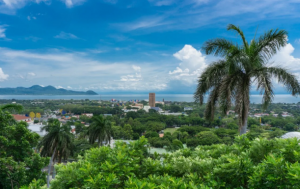
New Zealand went trough strong changes of weather in April 2021.
While in earlier parts of a month, exceptional heatwaves, with maximum temperatures up to +32°C hit islands /https://mkweather.com/tasmania-and-new-zealand-hit-hits-extreme-high-temperatures-around-32c//, later aggressive Antarctic blast from southern Australia shifted above the country /https://mkweather.com/after-tropical-days-a-big-antarctic-blast-the-first-snow-in-australia-first-snowing//.
On borders of tropical air masses with Antarctic air masses therefore appeared untraditional weather events such as rare waterspout near Napier. eastern coast of Northern Island.
Difference between tornado and waterspout is easy – waterspout is touching not ground, but water surface such as seas or lakes.
Meanwhile, in Western Australia, cleaning after damages linked with Typhoon Seroja was in progress /https://mkweather.com/australia-3rd-deadliest-cyclone-in-australian-region-seroja-category-3-326-dead-missing-the-strongest-winds-in-australian-city-in-50-years-170-km-h-70-of-the-city-damaged// and Philippines and Palau (northwestern Oceania), devastating Superyphoon Surigae is making damages /https://mkweather.com/the-strongest-april-typhoon-in-history-supertyphoon-surigae-category-5-winds-315-km-h-devastated-palau//.
According to Mkweather Autumn and Winter forecasts for Australia and New Zealand /https://mkweather.com/autumn-2021-forecast-for-australia-2021/; https://mkweather.com/winter-2021-forecast-for-australia-still-rainy-and-stormy-thanks-to-la-nina//, stormy and colder months are expected to come in Australia and mainly northern parts of New Zealand, while southern parts of New Zeland should be warmer than long-term average.
La nina in the region is bringing milder conditions such as hot and dry El-nino, with powerful wildfires and heatwaves (mainly in Australia).


